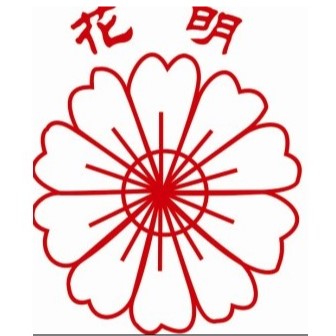Anhydrous citric acid
English Name: Anhydrous citric acid
CAS No.: 77-92-9
Molecular formula: C6H8O7
Molecular weight: 192.12
EINECS No.: 201-069-1
Appearance and properties: white crystalline powder
Boiling point: 309.6 º C at 760 mmHg
Melting point: 153-159 ° C (lit.)
Flash point: 100 ° C
Citric acid: colorless translucent crystal, white granular or white crystalline powder; Odorless; Extremely sour taste; Slightly weathered in dry air; The aqueous solution shows acidic reaction. This product is very soluble in water, soluble in ethanol and slightly soluble in ether.
Citric acid category: flavoring agent.
Application of citric acid: it can be used to adjust the pH value of effervescent agent, syrup, oral liquid preparation and properly add it to some solid preparations to improve its storage stability.
Storage: sealed storage (sealing: it refers to sealing the container to prevent weathering, moisture absorption, volatilization or entry of foreign matters).
Specification: The outer package is paper plastic composite bag, and the inner package is polyethylene plastic bag, 25kg / bag; Medicinal oral solid preparation, polyethylene bottle, 500g / bottle
Product quality: the executive standard is Chinese Pharmacopoeia 2005 edition.
Note: it is slightly weathered in dry air. It is very soluble in water, ethanol and ether.
Anhydrous citric acid is a kind of intermediate product of natural components and physiological metabolism in animals and plants, and also one of the most widely used organic acids in food, medicine, chemical industry and other fields. It is colorless, transparent or translucent crystal, or granular, particle like powder, odorless, although it has strong acid taste, but pleasant, slightly astringent. It is gradually weathered in warm air, and slightly deliquescence in humid air. Anhydrous citric acid is known as the first edible acid agent, and it is widely used in food industry as acid agent, solvent increasing, buffer, antioxidant, deodorizer and chelating agent. In the field of medicine, effervescent is a popular oral drug ingredient release system. Citric acid reacts with sodium carbonate or sodium bicarbonate aqueous solution to produce a large amount of CO2 (i.e. effervescent) and sodium citrate, which can make active ingredients in the drug dissolve rapidly and enhance taste ability. In industry, the citric acid based metal purification formula can effectively remove oxides formed on the surface of ferrous and non-ferrous metals. As a weak organic acid, it can cause slight damage to the metal surface layer. However, as a metal ion chelator, the migration of gold oxide is accelerated, in many steel leaching systems, In order to eliminate the stress crack of metal oxide and reduce the brittleness of high strength steel to the lowest degree, citric acid was used to remove rust instead of inorganic strong acid.
IUPAC
2-hydroxypropane-1,2,3-tricarboxylic acid
Matter Classification
organic
Appearance
White crystal powder
Acidity and Basicity
acidness,
reducibility
Export Formalities
4,A,x,y
R
Risk Code
R41-36/37/38-36/38-37/38-34-36-35-61-60


